|
|
|
|
|
|
|
|
Photo Gallery for Plethodon cinereus - Eastern Red-backed Salamander
| 19 photos are shown. |
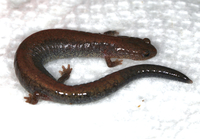 | Recorded by: Jim Petranka
Madison Co. |  | Recorded by: Jim Petranka
Madison Co. |
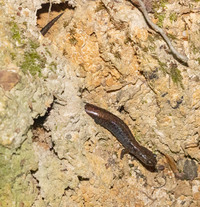 | Recorded by: Steve Hall and David George
Chatham Co. | 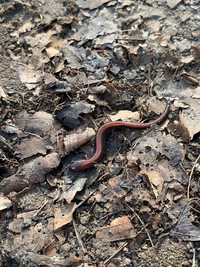 | Recorded by: C. Hinson, S. Rogers
Gates Co. |
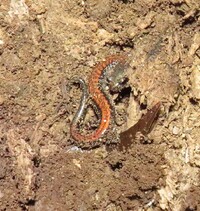 | Recorded by: B. Bockhahn
Chatham Co. | 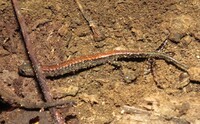 | Recorded by: B. Bockhahn
Chatham Co. |
 | Recorded by: B. Bockhahn
Chatham Co. |  | Recorded by: David George, Steve Hall, Carol Tingley
Chatham Co. |
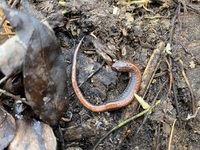 | Recorded by: Pat Momich
Madison Co. | 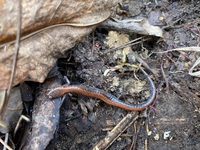 | Recorded by: Pat Momich
Madison Co. |
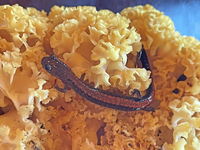 | Recorded by: Ilona Conolly (reported by Owen McConnell)
McDowell Co. | 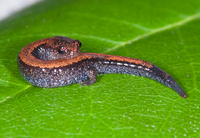 | Recorded by: Jim Petranka and Becky Elkin
Madison Co. |
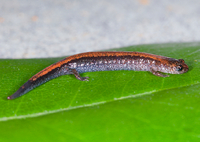 | Recorded by: Jim Petranka and Becky Elkin
Madison Co. | 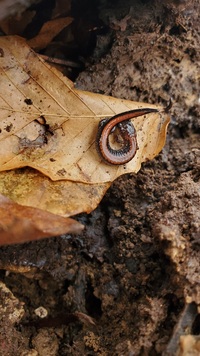 | Recorded by: L. Osteen
Durham Co. |
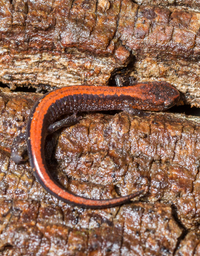 | Recorded by: Steve Hall
Warren Co. |  | Recorded by: Owen McConnell
Durham Co. |
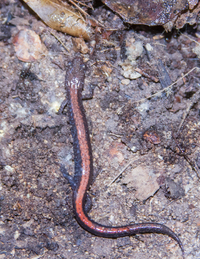 | Recorded by: Steve Hall
Orange Co. | 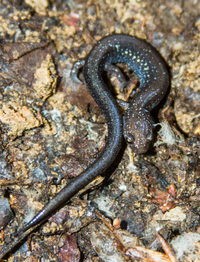 | Recorded by: Steve Hall
Durham Co. |
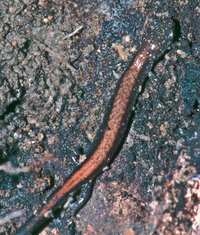 | Recorded by: Steve Hall
Chatham Co. |

 »
»




 »
»


